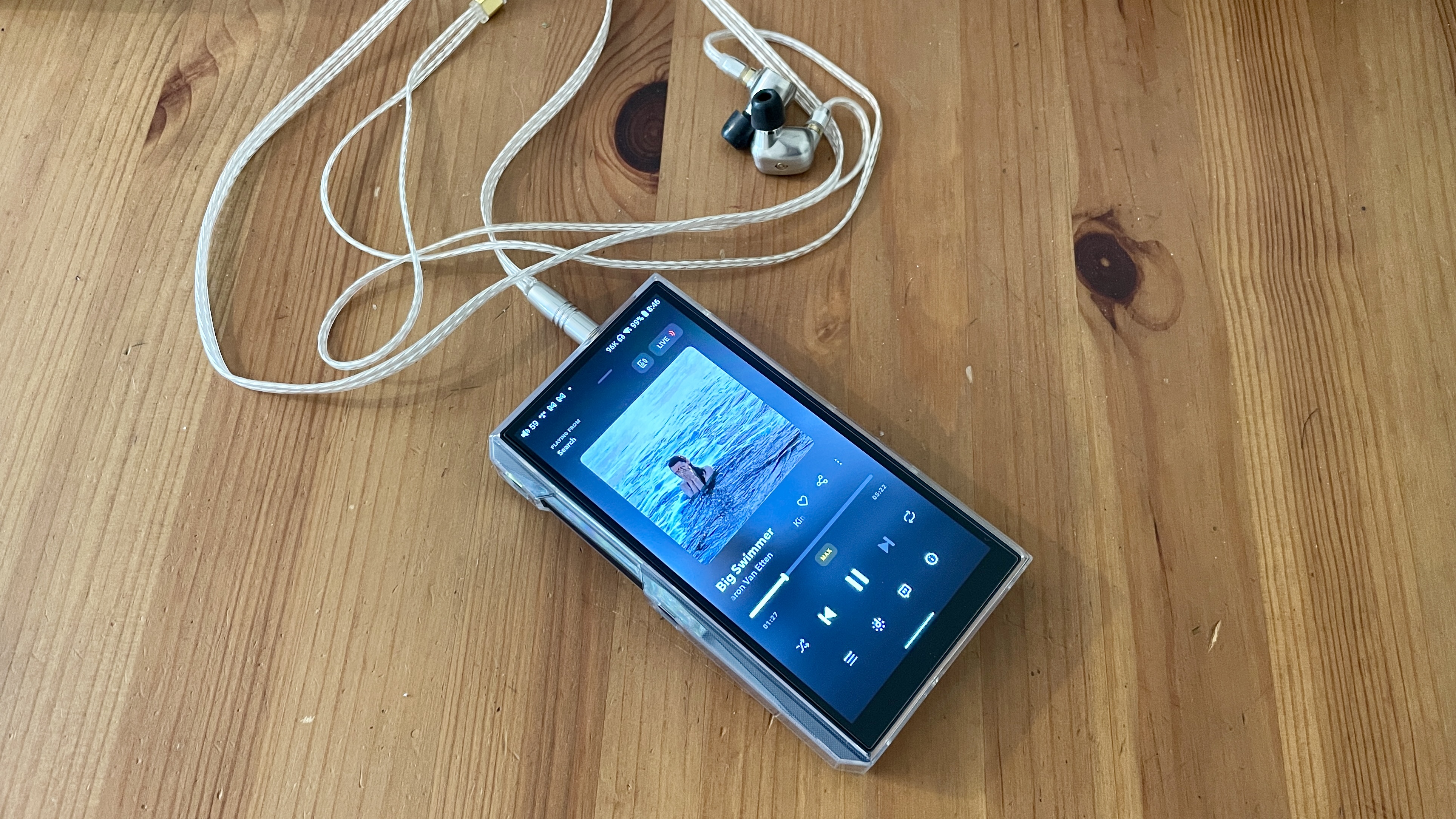
FiiO M23: One-minute review
Yes, your smartphone is a very convenient way of enjoying music while on the go – but anyone who takes sound quality seriously knows that ultimate portable performance doesn’t come from a device that’s more about its camera than its audio quality. That comes from a dedicated digital audio player. And as luck would have it, we have tested some of the best MP3 players currently on the market.
The FiiO M23 arrives as a fairly large, lavishly specified and beautifully constructed digital audio player with a number of technological highlights. It’s ready to power wired or wireless headphones, or to act as a USB DAC in a desktop audio system. And it’s ready to handle anything you care to throw at it – any file type, any file size, any genre of music – with confidence, poise and positivity.
So it’s capable of extracting a huge amount of detail from a digital audio file, and contextualising it on a large, well-defined soundstage. It can punch hard if your music demands it, but never in an uncontrolled manner, and it can give the emotion and attitude in an unaccompanied voice absolutely explicit expression. Aside from some extremely rare operation glitches, it’s hard to lay a glove on the FiiO M23. Know this: it’s the real deal.
FiiO M23 review: Price and release date
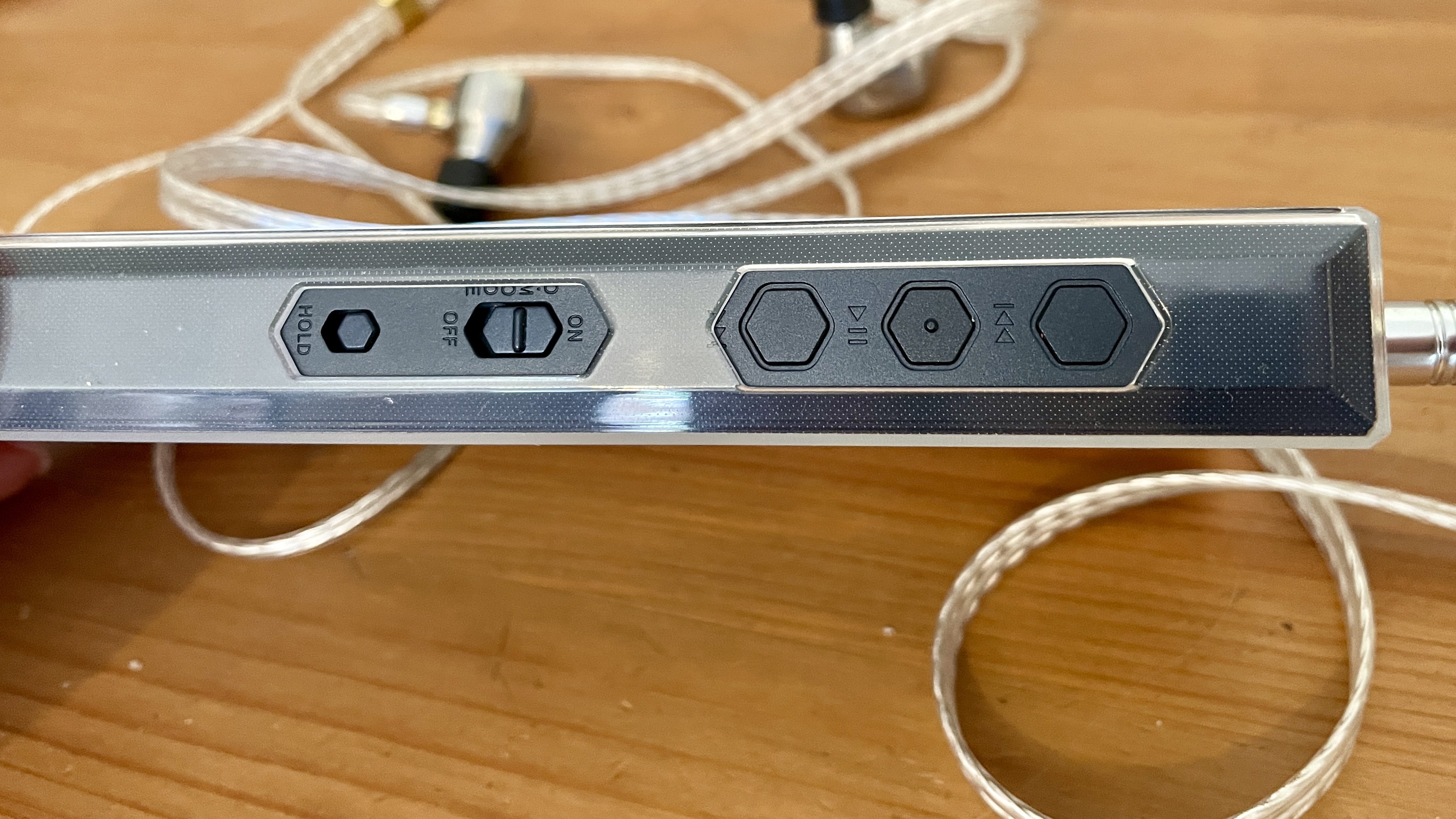
- Released March 2024
- Priced at $699 / £649 / AU$1,249
The FiiO M23 digital audio player is on sale now, and in the United Kingdom it goes for £649. American customers will have to hand over $699, while in Australia you’re looking at something like AU$1,249 if my understanding of exchanges rates is correct.
The M23 has some competition at this price, of course – not least from FiiO itself. But it’s Astell & Kern that is its most obvious rival: the May 2023-release A&K A&norma SR35 goes for $799 / £799 / AU$1,299 while the company's June 2022-issue A&K A&norma SR25 MKII still sells for $749 / £699 / AU$1,099. And frankly, either option has plenty to recommend it. So it’s game on…
FiiO M23 review: Features
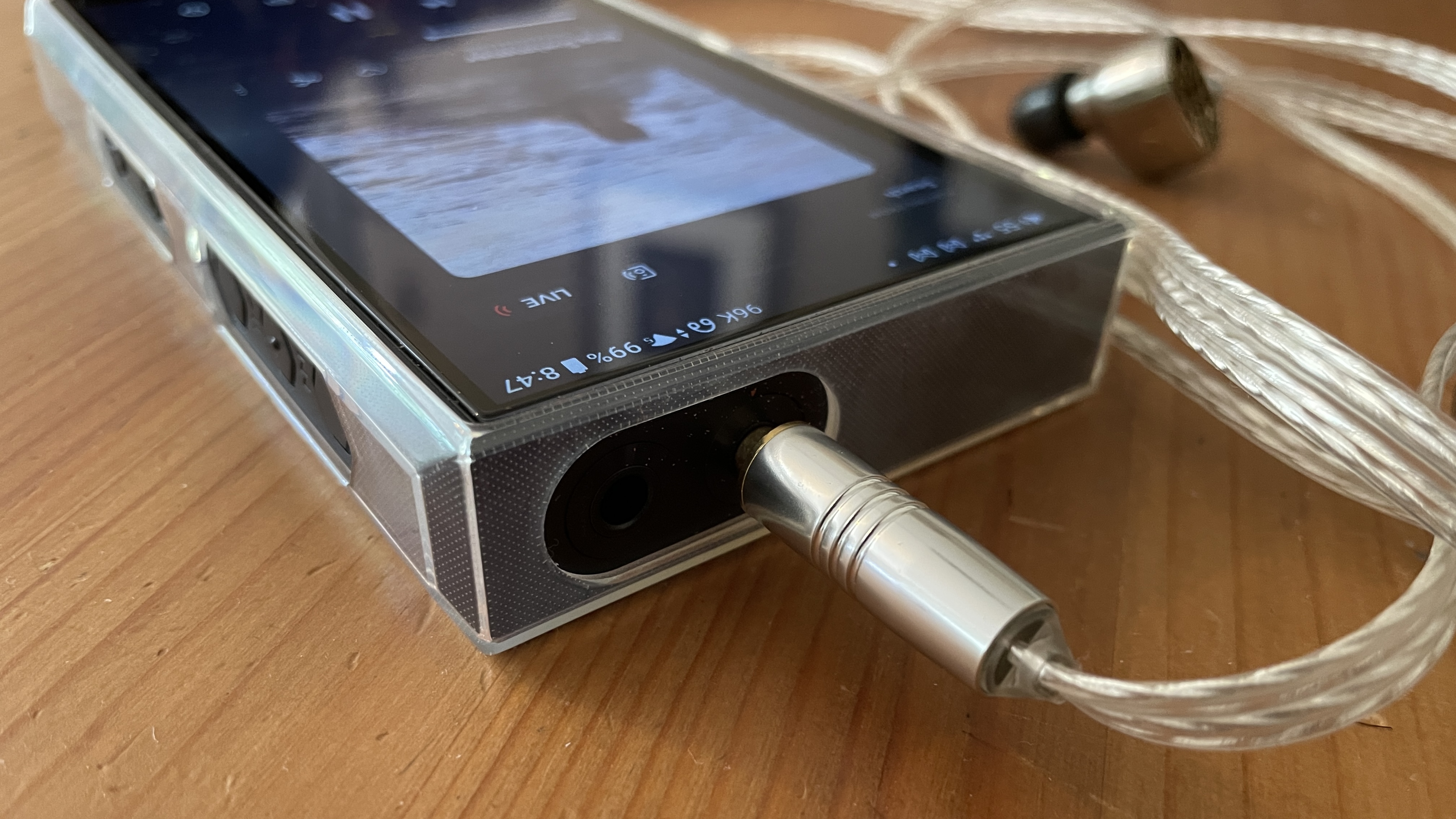
- Twin AKM DACs
- THX AAA 78+ amplification architecture
- 5500mAh battery
Space on the internet is, to all intents and purposes, limitless. But I reckon I could make quite a big dent in its capacity if I discussed every one of the FiiO M23’s many, many features at length. So it’s probably best to just get an overview – I promise it will let you know just how serious FiiO in general, and the M23 in particular, is…
The M23 is powered by a big 5500mAh battery that’s good for over 10 hours of playback from a single charge. A dual-mode fast-charging system means extreme fast-charging speeds (up to 30W) are available if the battery level is very low – and once the battery approaches its fully charged state, the M23 switches to a more sedate fast-charging state. The result of this arrangement, says FiiO, is much-improved charging times with no impact on the long-term health of the battery.
Internal memory is a just-about-adequate 64GB, and a microSD slot on the bottom of the player will accept cards of up to 2TB – which means you should be able to load a lot of big hi-res files as long as you invest in a microSD card. Obviously, the M23 will support your favourite music streaming service(s) as well as storing content on its local memory. Like all FiiO digital audio players, the M23 uses an amended version of Android as an operating system; Android 12 in this instance. A Qualcomm Snapdragon 660 processor makes the FiiO is fast and responsive in its operations, and some careful reskinning means the OS doesn’t eat into that internal memory too much.
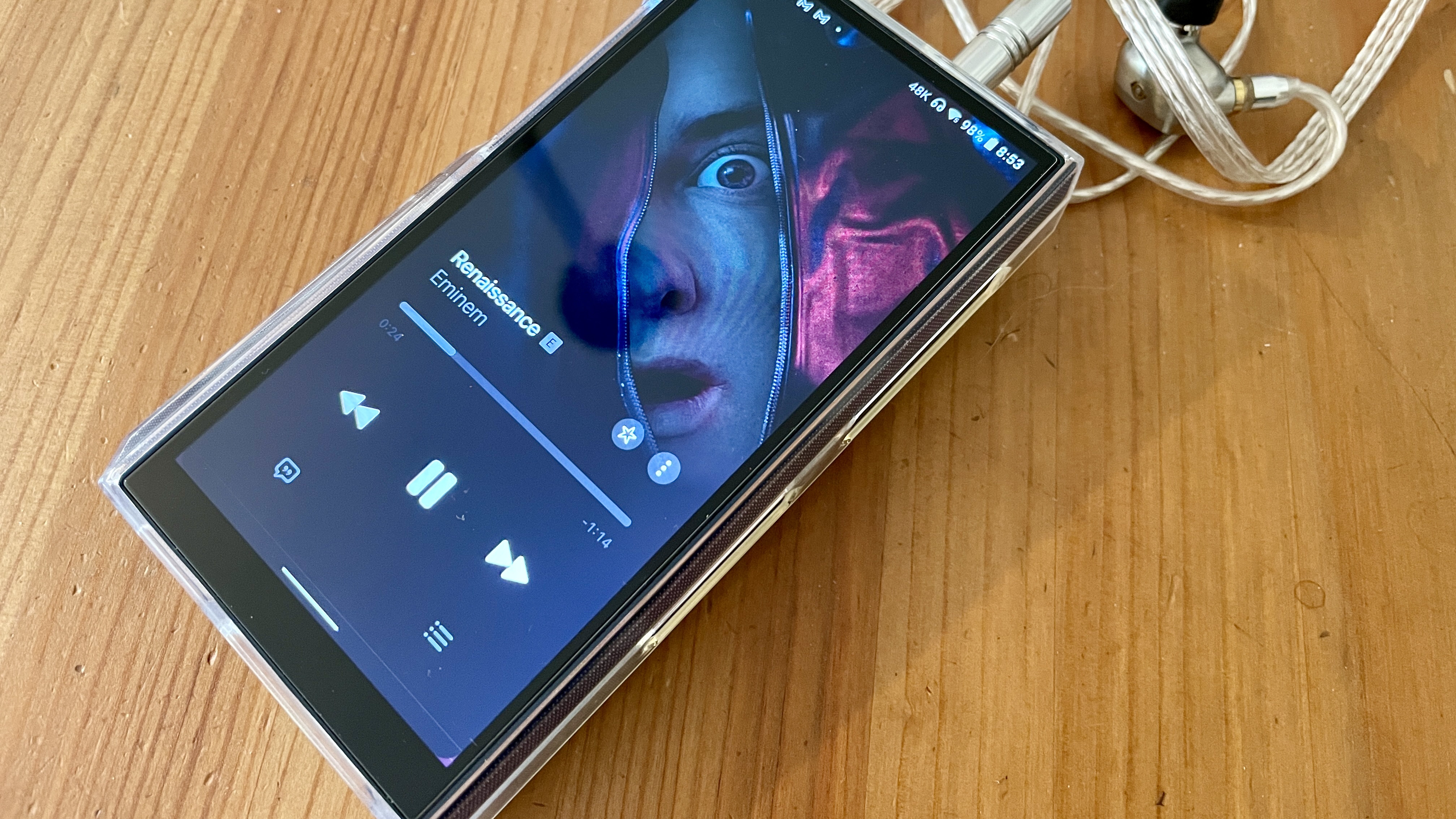
Digital-to-analogue conversion is handled by a pair of AKM DAC chipsets – the AK4191EQ and AK4499EX operate in tandem, keeping the digital and analogue stages entirely separate and utilising ‘DWA routing’ technology to keep the signal-to-noise ratio to a bare minimum. And they allow the M23 to deal with digital audio files of almost every type (including MQA) up to a resolution of 24bit/384kHz and DSD256.
Amplification comes courtesy of FiiO’s latest refinement of the popular THX amplification design. Taking the THX AAA 78 (which it uses in its very competitive M11 Plus and M11 Pro models) as a starting point, FiiO has finessed the architecture to the point that it’s now called THX AAA 78+ – and can, in theory, offer more power with minimal distortion and even greater precision.
These are the headlines and hi-res music chops where the M23’s features are concerned. FiiO is understandably pleased with and proud of its unified hi-fi audio architecture, its bespoke Digital Audio Purification System, its four-stage 20-rail power supply, its 28 high-capacity polymer tantalum capacitors, and lots more… but surely you get the point by now: FiiO has never been anything other than painstaking and extraordinarily thorough where its digital audio players are concerned, and the M23 has enjoyed the same sort of engineering effort.
Features score: 5 / 5
FiiO M23 review: Sound quality
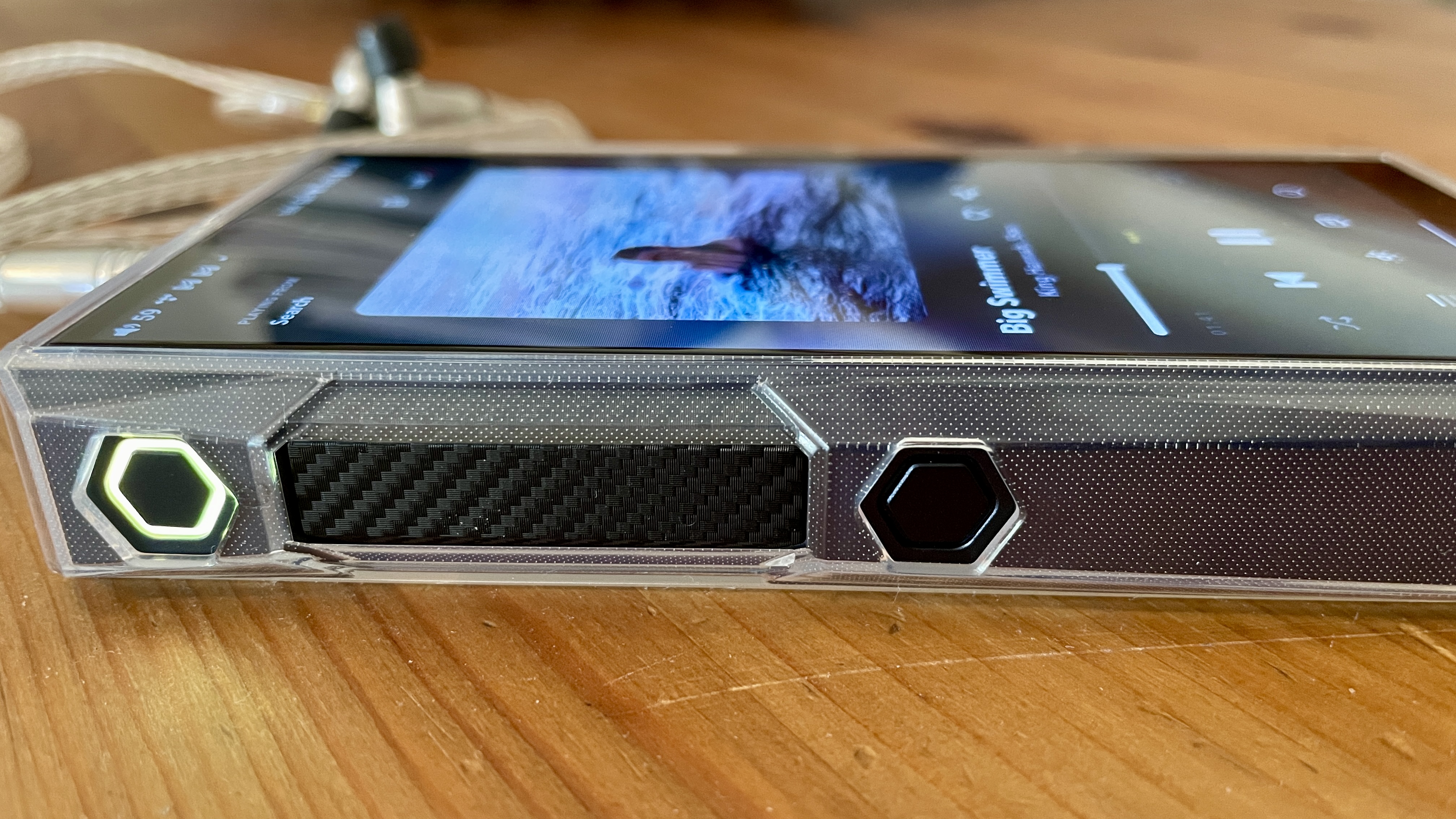
- Direct, deft and engaging sound
- Dynamism and insight to burn
- Mildly and very occasionally glitchy
There’s an awful lot of positives associated with the way the FiiO M23 goes about resolving and delivering digital audio files. So for no other reason than contrariness, I’ll start with its very occasional operational foibles.
The M23 will sometimes pause, at random and without any user input. It happens very, very rarely, but not so rarely that you wouldn’t notice. And even less often it feels the need to chop into the first half-a-second of a digital audio file, starting playback just fractionally further forward than 0:00 – this seems to happen, on the odd occasions that it happens, when listening to some newly cued-up content, never when a playlist or an album is in progress. It’s hardly a dealbreaker, but equally it’s unlikely to be what you’re expecting from your shiny new digital audio player.
And with that out of the way, I can talk about all the many, many ways the M23 is an impressive-sounding machine.
In every circumstance, and with every type and size of digital audio file, the M23 sounds delicate yet muscular, assertive yet subtle, lavishly detailed and vaultingly dynamic. It seems perfectly willing to engage with any type of music you care to listen to, and is even prepared to tolerate downmarket sub-16bit/44.1kHz content if you absolutely must. It seems basically impossible to throw it out of its positive, confident stride.
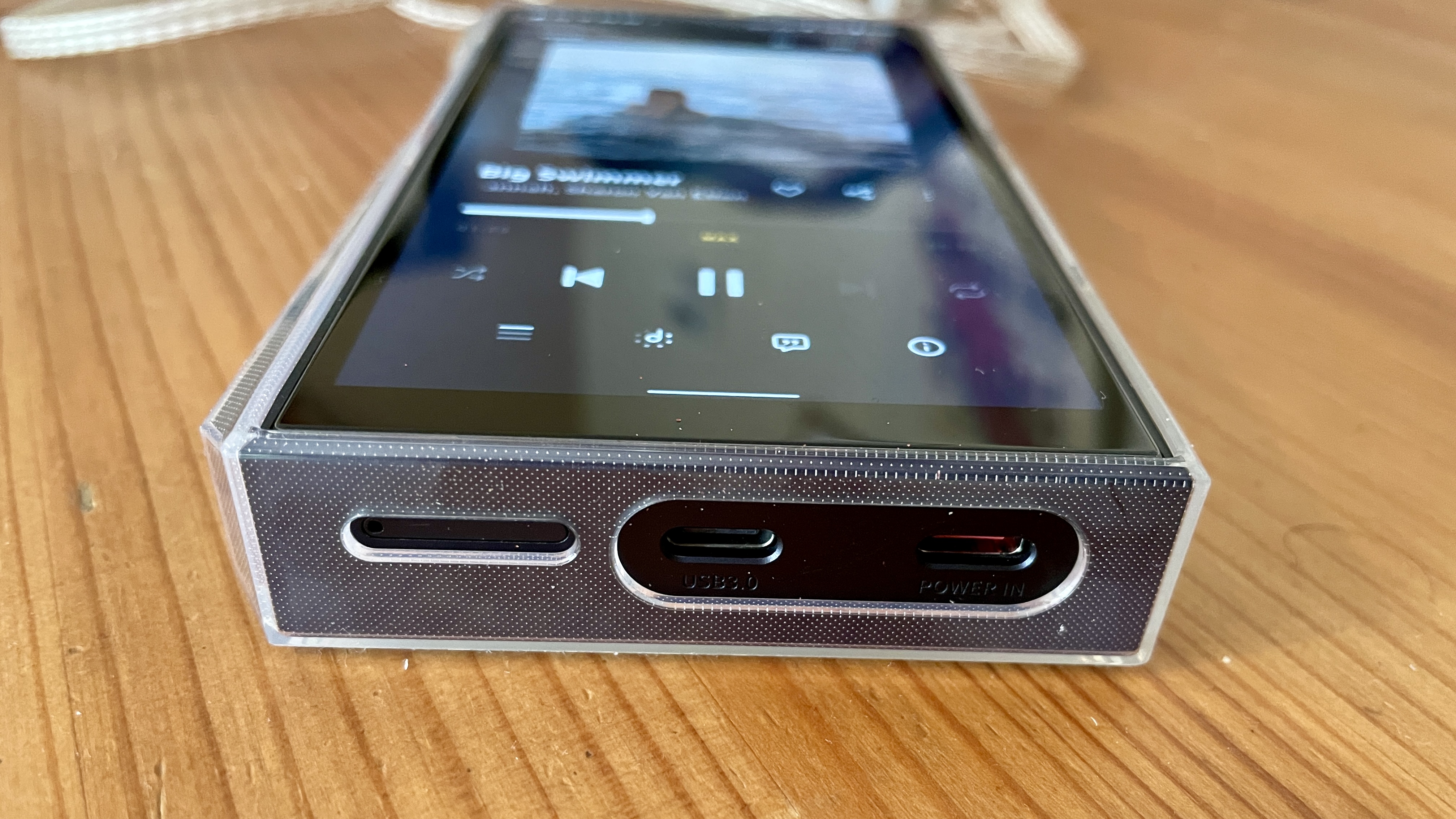
A 24bit/96kHz FLAC file of Big Swimmer by King Hannah makes the point in fairly unequivocal style. The M23 sound is open and organised, with a carefully neutral tonal balance and a deft way where integration of the frequency range is concerned. There’s tremendous dynamic and harmonic variation to the strum of the unaccompanied guitar during the intro, an absolute stack of detail both broad and fine to the idiosyncratic, close-mic’d vocal, and appropriate crunch and bite to the second guitar when it joins in with the deep, textured bass. The recording sounds absolutely unified, the obvious result of performers responding and reacting to each other, rather than of individuals doing their own thing. It sounds like a performance, a demonstration of sonic togetherness.
Switching to a DSD64 file of Les McCann’s profoundly swinging I Can Dig It allows the M23 to show what it’s got where rhythmic expression, low-end fidelity and midrange expression are concerned. And it’s safe to say the FiiO has got more than enough – it communicates in the most articulate way, punching through the low-frequency information while keeping momentum high and keeps a close eye on the brilliance of the percussion that can easily get out of control in less capable hands. And again, the sense of engagement, of performance and of unity, is absolutely tangible.
And it’s worth noting that while FiiO offers a good amount of end-user adjustment – using the touch-screen you’re able to adjust the EQ frequency point, gain and bandwidth, and fine-tune the response curve to suit your preferences – the changes to the overall sound it’s possible to make are modest. At its heart, the M23 knows what it wants to sound like – which is, it turns out, not a bad thing at all.
Sound quality score: 4.5 / 5
FiiO M23 review: Design
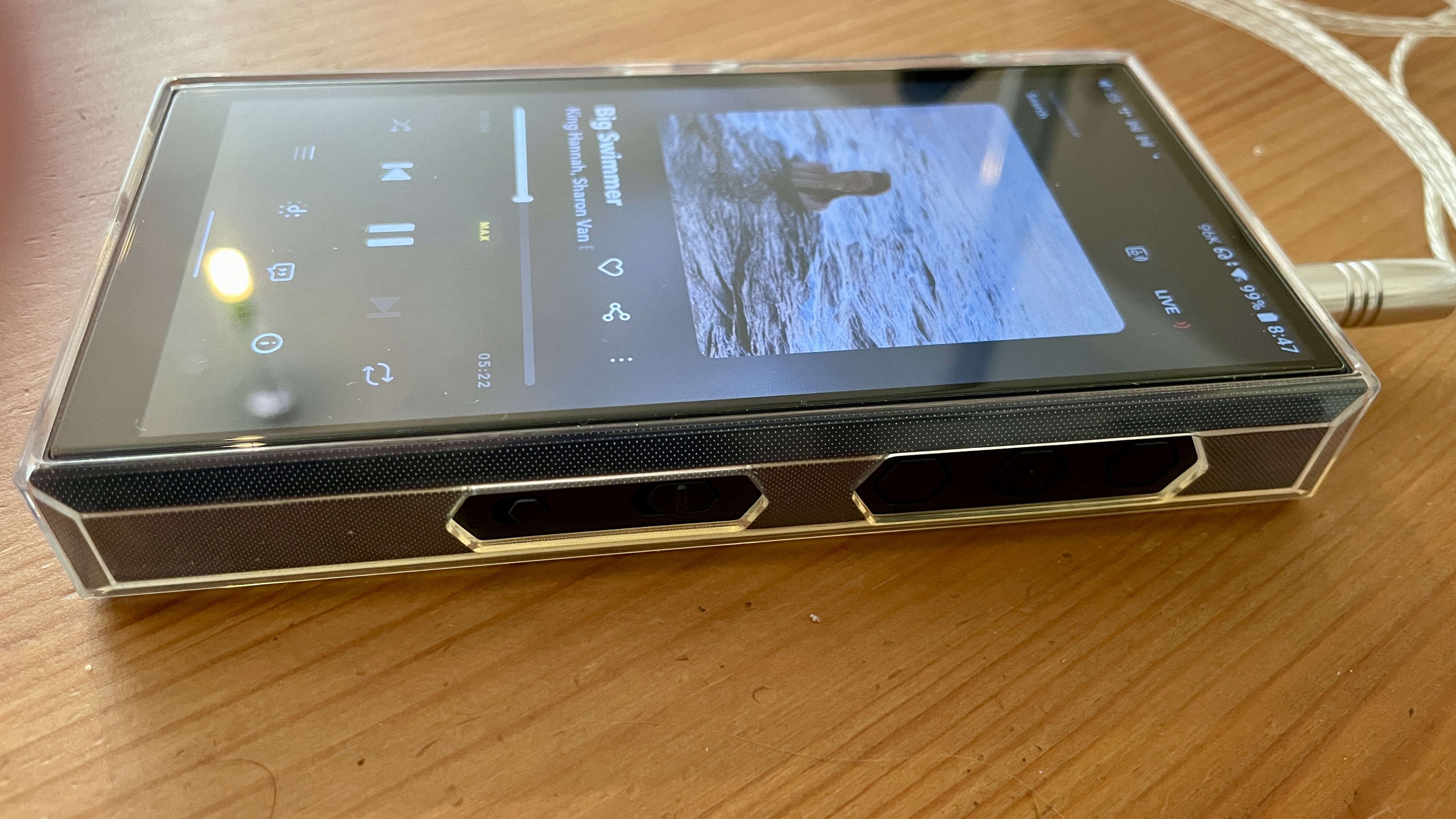
- Stainless steel or blue titanium finishes
- 137 x 76 x 18mm (HxWxD); 299g
- 5.5in 720 x 1440 display
At 137 x 76 x 18mm (HxWxD) and 299g the FiiO M23 cannot be described as ‘portable’ in the same way your smartphone is ‘portable’. It’s properly well made, of course, from tactile and overtly upmarket materials, and is finished to an extremely high standard - and those pointed edges that might otherwise damage your pocket-linings or the inside of your bag are smoothed off by a protective silicone case that comes with the ‘blue titanium’ finish. If you prefer the ‘stainless steel’ finish that’s available as an alternative, it’s supplied with a leather case that does a very similar job. But either way, there’s plenty of the M23.
The front of the player is taken up almost entirely by a 5.5in display. It’s bright and crisp, as its 720 x 1440 (18:9) resolution suggests it should be, and there are plenty of options regarding font size, brightness and so on to be investigated in the player’s ‘settings’ menu.
Design score: 5 / 5
FiiO M23 review: Usability and setup

- 3.5mm and 4.4mm analogue outputs; 3.5mm digital coaxial output
- Bluetooth 5.0 with aptX HD and LDAC codec compatibility
- ‘D-Mode’ battery bypass
Every side of the M23 features a control, an input or an output that contributes to its overall usability. But just because it has a lot of facilities in this respect, it’s never less than logical and quite friendly – and consequently very easy to operate.
On one edge of the chassis there’s a strip of three buttons taking care of ‘play/pause’, ‘skip forwards’ and ‘skip backwards’ On the other there’s a power button - it’s edge-lit to indicate the size of digital audio file the player is dealing with. There’s also a ‘multifunction’ button, the specific function of which is straightforward to define. And in between there’s that volume control arrangement FiiO has become so fond of lately: it’s a carbon-fibre strip/rocker, and you can either slide a finger up or down, or press on either end to make your adjustments.
There’s also a ‘hold’ switch to prevent any unwanted actions being carried out, and a switch to put the M23 into ‘D-mode’. ‘D-mode’ means desktop mode – when it’s switched on, the player is completely powered by an external power source plugged into one of the two USB-C sockets on the bottom, and the battery is bypassed altogether. Which means you can use your M23 as desktop equipment without worrying about the effect you’re having on the battery. The other USB-C socket is for data transfer, and allows the FiiO to act as a USB DAC.
On the top edge of the M23 there are 3.5mm unbalanced or 4.4mm balanced outputs - these sockets can also be used to hard-wire the M23 to an amplifier or what-have-you, of course. The 3.5mm socket is hybrid, in fact, and can also act as a digital coaxial output in case you want to bypass the M23’s DAC circuitry altogether. And there are wireless possibilities too: dual-band wi-fi is on board, and the FiiO can both transmit and receive using Bluetooth 5.0 that’s compatible with SBC, AAC, aptX HD and LDAC codecs in both directions.
As well as the physical controls, of course, there’s that big touch-screen. The Qualcomm Snapdragon 660 processor ensures it’s quick and responsive, and the FiiO-ised version of Android 12 allows easy access to as many streaming services or what-have-you as you may require.
Usability and setup score: 5 / 5
FiiO M23 review: Value
Always a tricksy question, isn't it? On the one hand, you can grab an inexpensive MP3-specific portable audio player for a fraction of the price of this hi-res model, if you just want something not your phone. On the other, Astell & Kern's top-tier Ultima models sell for somewhere in the region of $2,399 / £1,999 / AU$3,599.
If you've read (particularly the Features section of) this review, you will have deduced that the sound-per-pound value of FiiO's proposition is high. It isn't the most pocket-friendly player around in terms of its dimensions, but where your wallet's concerned, it's a talented thing for this money.
Value score: 4.5 / 5
Should I buy the FiiO M23?
Buy it if...
Don't buy it if...
FiiO M23 review: Also consider
How I tested the FiiO M23
- Tested for two weeks
- Listened to both streamed and downloaded content
- Tested with both wired and wireless headphones
I loaded up my Tidal and Qobuz accounts and I filled the player with plenty of high-res content, from 24bit/96kHz files and up to DSD128. I used elite over-ear and in-ear headphones (see also IEMs) via the 4.4mm and 3.5mm outputs, as well as considerably less expensive true wireless earbuds connected via Bluetooth.
I used it, reader. However serious a product's spec sheet is, if the player is too fiddly to use on my commute it won't be getting good scores for 'usability' now, will it? I investigated its myriad features and listened to a variety of music, for several hours every day for a fortnight. And then, as tends to happen with these things, I had to return the FiiO M23 to its rightful owners and move on…
- First reviewed in July 2024







